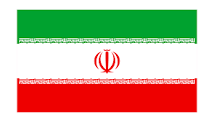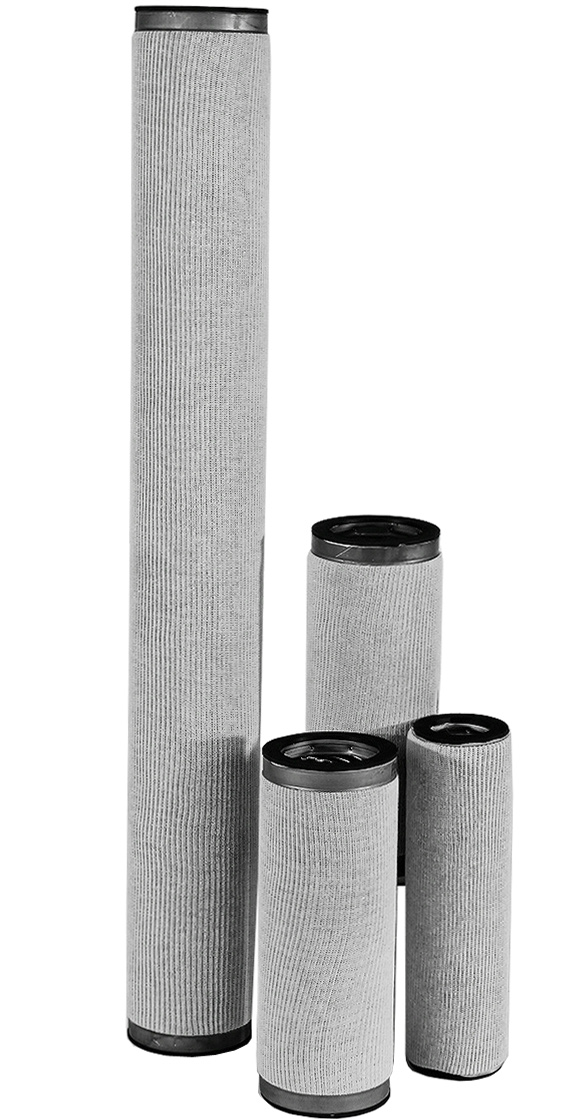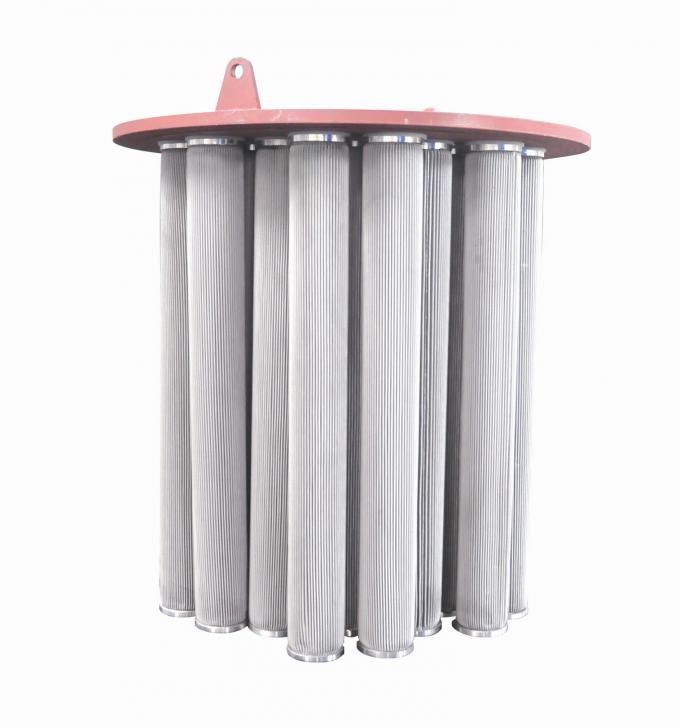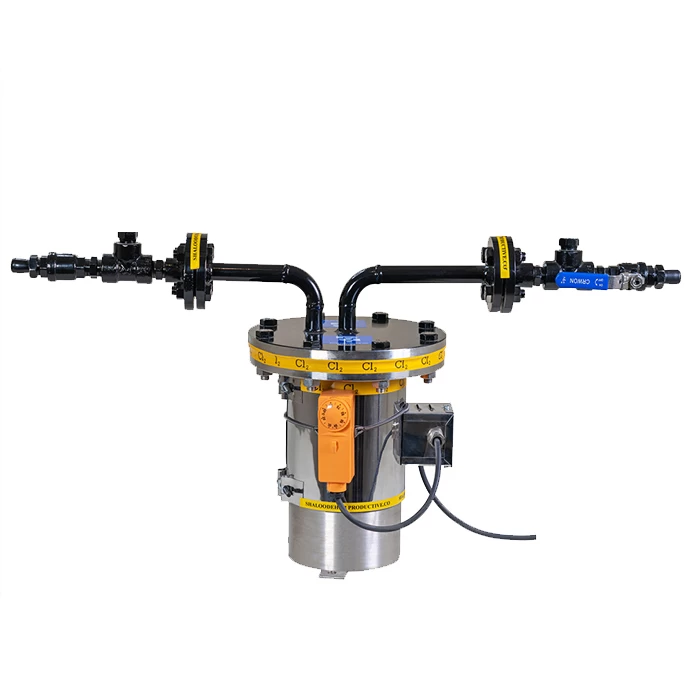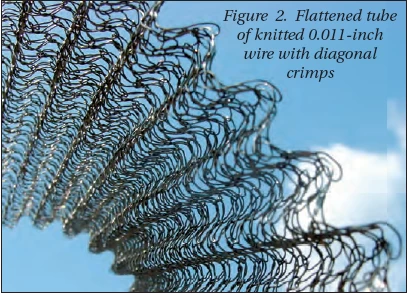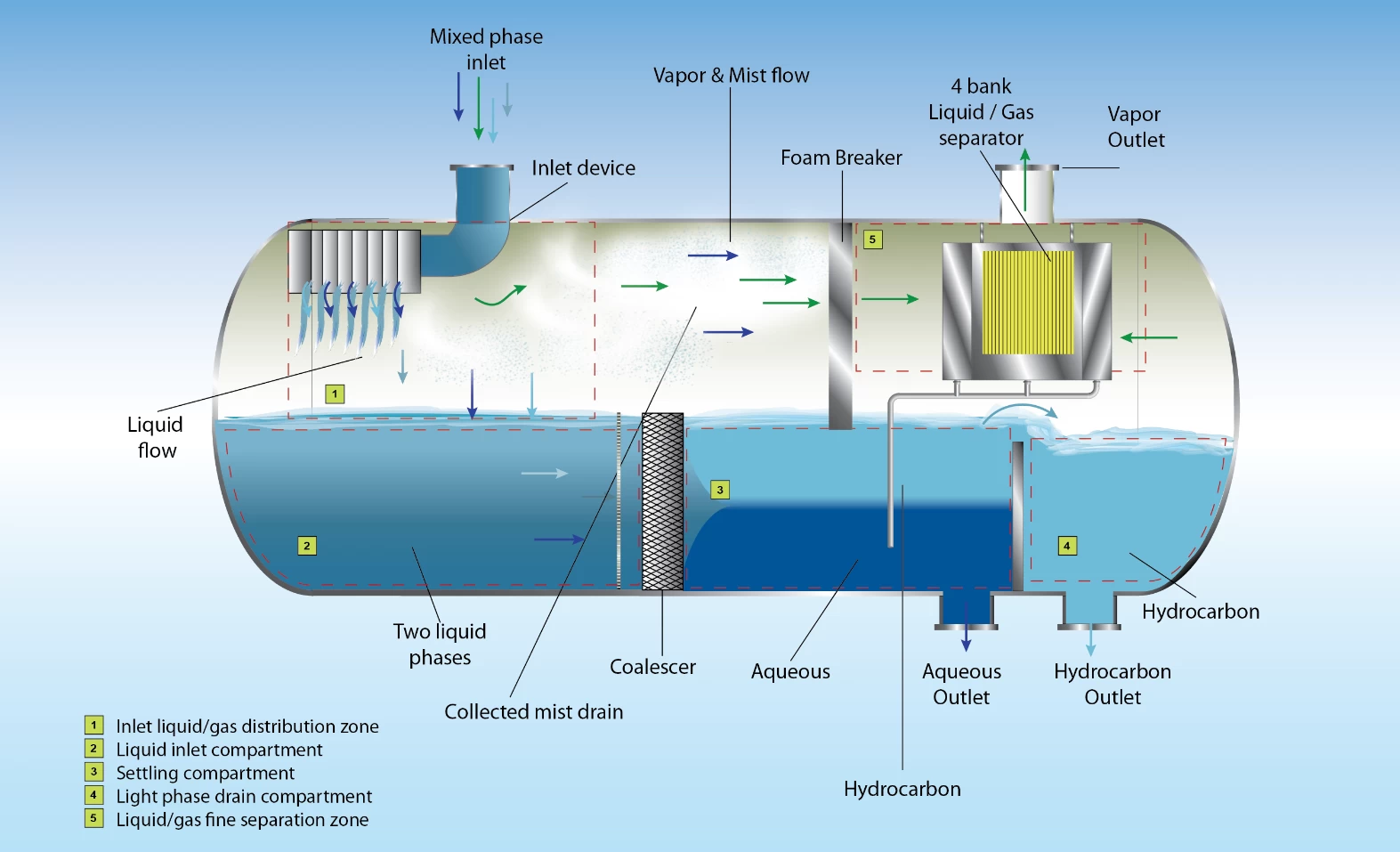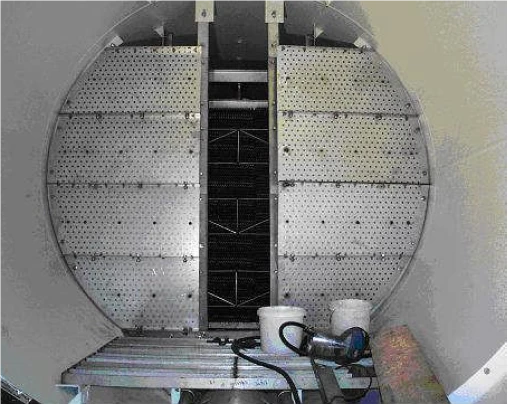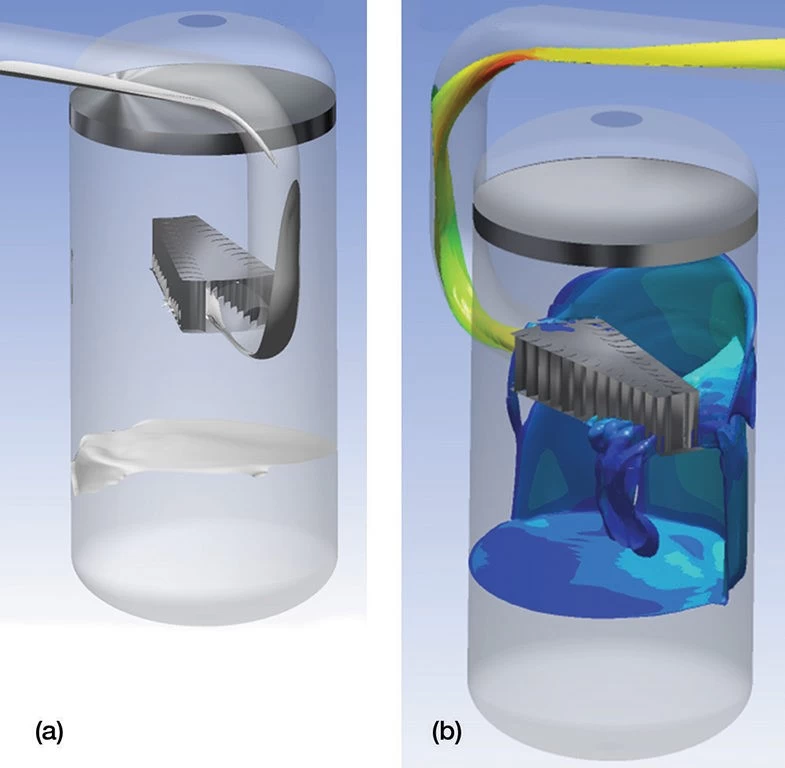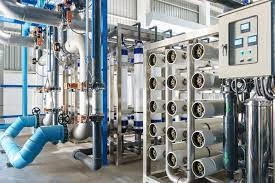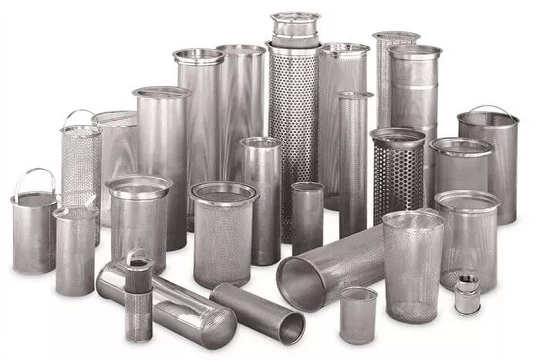Gas filters are placed in the gas pipeline in order to separate polluting particles. After entering the filter, the gas flow slows down and after passing through the filter media, the clean gas leaves the filter chamber. Gas filters are designed and manufactured in different types and their general classification is as follows:
Dry gas filters
Coalser gas filters
Seal Gas Filters
Separatory gas filters
Dry gas filters
Dry gas filters are designed and manufactured to separate solid particles from the incoming gas stream.
The design of these filters is based on the work class, which includes the nominal capacity and functional pressure of the filter. These types of filters can be designed and built based on two types of deep and surface filtration. Based on the type of fluid and its temperature, different media of Polyester Polypropylene, Nylon, Fiberglass can be provided in sizes of 0.5, 1, 5, 10, 20, 50 microns.
Element material
support 304,316L
filter material 304, 316L, 316L fiber felt
liquid accuracy μm 2,3,5,10
gas accuracy μm 0.25,1,2,3,5,10
max temp 250 ℃
Elements parameters
diameter mm
68, 100, 150, 190
Length mm
250,510,1016
Separatory gas filters
Separator gas filters are designed and manufactured to separate solid particles and liquid droplets from the incoming gas flow in pressure reduction stations and refineries.
The design of these filters is based on the work class, which includes the nominal capacity and functional pressure of the filter. These types of filters are based on the type of depth filtration and are placed on the inner cylinder in the form of a tube of media impregnated with resin. Based on the type of fluid and its temperature, different media can be provided, mainly made of Fiberglass in micron sizes of 0.5, 1, 5, 10, 20, 50 with an efficiency of 99.98% (absolute, Beta 5000).
Coalser gas filters
The presence of liquids and solids in the inlet gas flow of the compressor can cause corrosion, wear and defects in the compressor blades, and as a result, it reduces the efficiency of the compressor in the following ways.
With the recent progress made in the field of separating solid particles and coalescing liquid droplets, it is possible to clean the gas entering the turbo machine from impurities up to 0.01 parts per million, so that the maximum diameter of the particles with the gas is 0.3 microns and larger particles. completely separated from 0.3 micron. The reduction of impurity by this amount makes it possible to completely prevent the wear of the compressor blades. Fouling or depositing to reduce the power of the turbo machine to 90% according to the refined gas will occur at least in the period of 25 thousand working hours, which is much more than the usual period of time to take the turbo machine out of service in the condition of dirty fluid entering. to it From the point of view of corrosion, such as particle filters and gas separators are considered mechanical separators, they do not separate corrosive gases and vapors from gas, but because most of the corrosive salts are carried by aerosols (liquid droplets) and on the other hand, most Aerosols are particles with a size of 0.1 to 0.6 microns that are easily separated from the gas path by gas-liquid coalescer filters, this action reduces (not means eliminates) corrosion. It can be stated that one of the other important advantages of proper filtration is reducing the corrosion of turbo machines.
Coalser gas filters are designed in such a way that they have the ability to separate liquid droplets from gas.
Coalser gas-liquid filters of Dillman Filter production company are able to remove solid particles, free water droplets from the air and all kinds of hydrocarbon gases. These filters, which are installed inside the housing and can be used in the main gas flow line, are designed and manufactured by Dillman Filter Manufacturing Company according to the type of gas and the type and size of pollutants that can be separated and the operating conditions of pressure, temperature, intensity of the incoming flow, etc. be.
Typical specifications
Length 18/36/72 inches
Outside Diameter 4.5 inches
Inside diameter 3.13 inches
Center core Carbon steel (standard)/Stainless steel (available)
Outer core Carbon steel (standard)/Stainless steel (available)
End caps Carbon steel (standard)/Stainless steel (available)
Gaskets Buna N
Gasket Adhesive Polyurethane
Prefilter media Pleated paper
Final high efficiency media Pleated micro fiberglass
Outer sock Needled polyester
Removal rating 0.3 micron absolute
Operating Limits
Inlet Differential Pressure (dP) < 0.5 psi
Change out differential pressure 15 psi / 103 kPa
Maximum element operating life 1 year
Maximum operating temperature 300 F / 149 C
Minimum operating temperature -60 F / -51 C
This filter has a different micron size rating, which is able to separate fine liquid droplets due to the direction of the flow passing through the element filter (inside to outside flow) and the reduction of the flow speed to the outside of the media. The separation efficiency in these filters is more than 99.9 percent by weight.
These Coaliser filters are used in various cases such as pressure boosting stations (before the gas compressor), gas scrubbers, amine cycle filtration system, glycol cycle filtration system and in the bed of drying and moisture absorbent materials. Dillman Filter Manufacturing Company has successfully completed many projects in similar cases.
Seal Gas Filters
In centrifugal compressors and turbomachines that use Seal Dry Gas to seal the shaft of high pressure gas from the process gas fluid in order to prevent gas leakage to the environment, the correct operation of this equipment as well as the internal components of the turbomachine depend a lot on dry and free gas. It has any input impurity, which is very important as a result of choosing the right filter.
Dillman Filter Manufacturing Company is the manufacturer of this type of filters based on the input flow and in accordance with the API 614 standard for separating liquid droplets and solid particles and increasing the performance of Dry Gas Seals and rotating parts.
The separation efficiency of these filters is generally 99.9% for particles of 1 micron and larger and reducing the amount of liquid up to (ppm) 0.01 in the Seal Gas output.
 +7929688-88-14
+7929688-88-14

 English
English
 Persian
Persian
 Russian
Russian
 Chinese
Chinese


 +7929688-88-14
+7929688-88-14

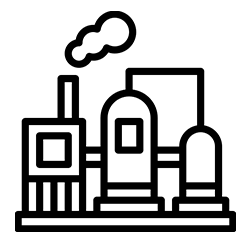 Industrial filters
Industrial filters
